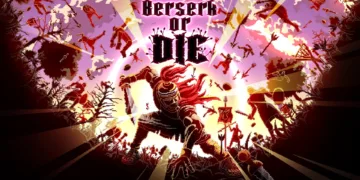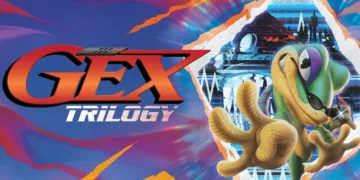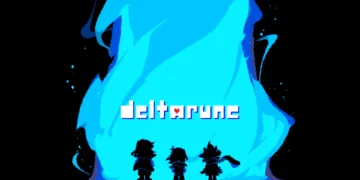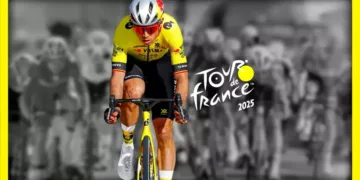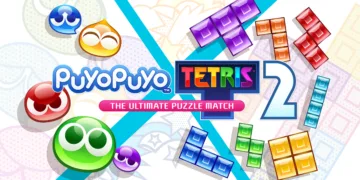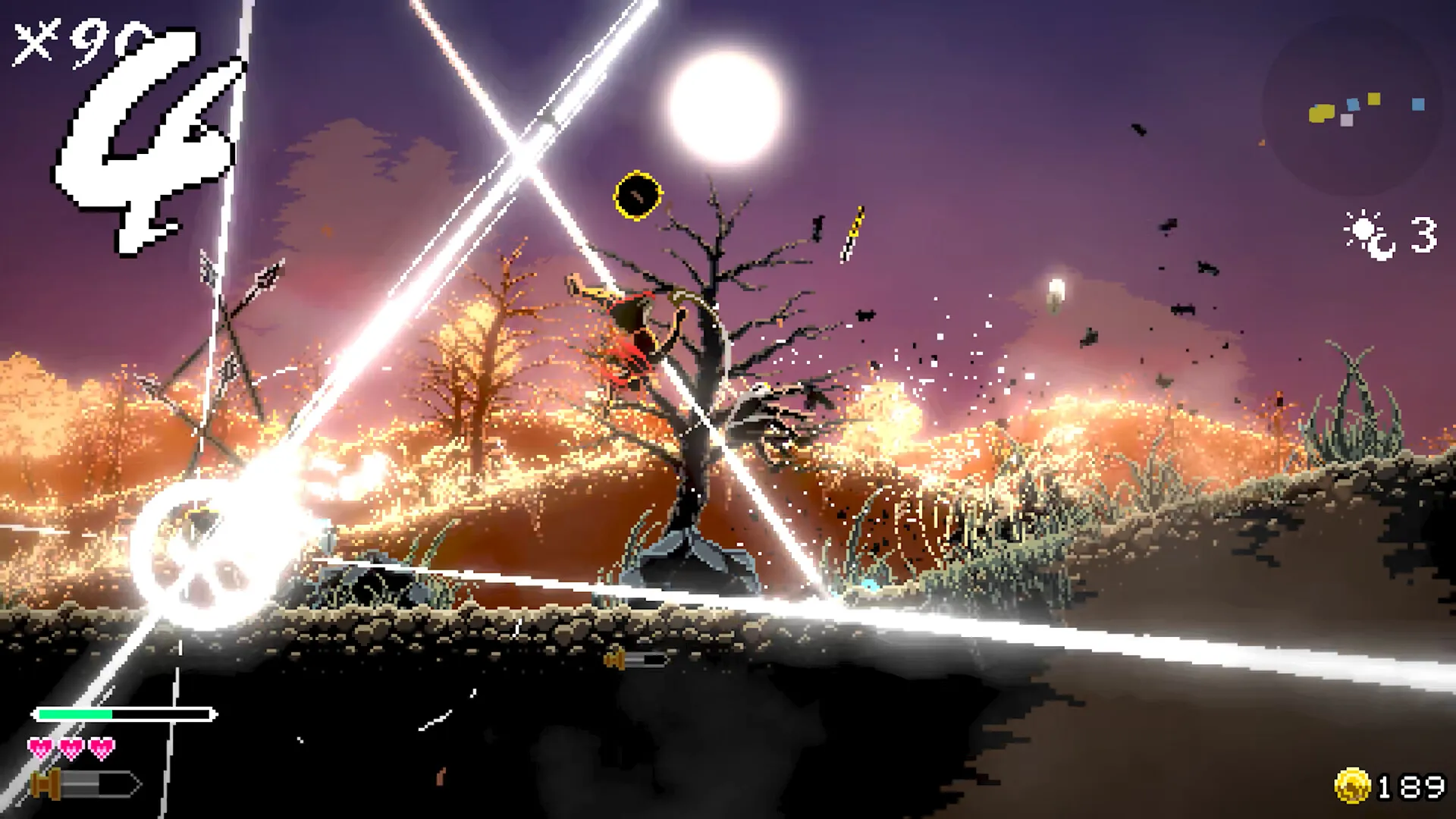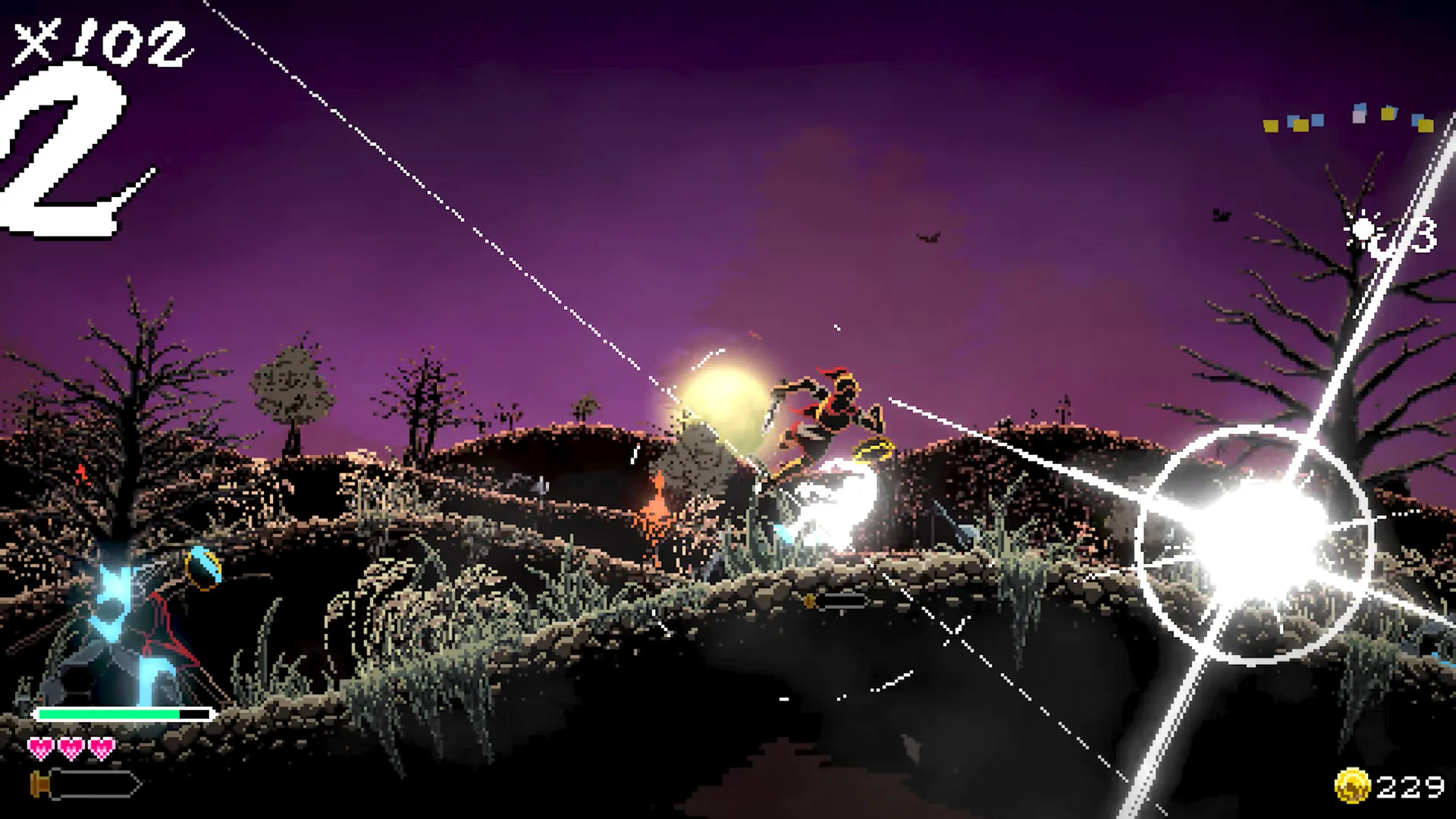Berserk or Die emerges from a fascinating cultural intersection: a title by Japanese solo developer Nao Games, championed and published by Poncle, the UK-based studio of Italian developer Luca Galante. This collaboration itself is a story of globalization in game development.
The game’s premise is brutally simple and universally understood: as a lone warrior, initially a Roman legionary, you must survive an onslaught. The title is a command, a distillation of action down to its most primal form. You are pitted against endless waves of enemies through day and night cycles, with no recourse but relentless, forward-moving violence.
This is not a nuanced reading of history, but history as a canvas for raw action. The choice of a Roman soldier as the starting point provides a globally recognized icon of martial prowess, immediately reinterpreted through the frantic, high-intensity lens characteristic of Japanese arcade design. The game throws the player into a state of perpetual crisis, a scenario whose appeal requires no translation.
The Rhythm of Ruin
The game’s design enforces its title as a mechanical rule. Movement is inseparable from violence; to advance is to attack, a lunge to the left or right that consumes stamina. This design choice is a profound statement on player agency. It eliminates the classic fight-or-flight response, leaving only “fight.”
Any hesitation or attempt at strategic retreat is punished, forcing a constant forward momentum that mirrors the relentless pacing of modern action cinema. Player psychology is shifted from one of defensive positioning to one of pure aggressive opportunism.
The gameplay loop is a refined, almost ritualistic cycle. You survive a wave, collect the spoils, and are then greeted by a merchant, a recurring boon-giver who forges your power between trials. This arc of escalating strength, fueled by upgrades like automated projectiles and damage multipliers, transforms your lone warrior into a mobile vortex of destruction.
This progression evokes the feel of danmaku or “bullet hell” shooters, a genre with deep roots in Japanese arcade culture, where the player character evolves into a source of overwhelming visual and mechanical power. Every five waves, the rhythm is punctuated by a boss, a ludic postcard from history like a Roman tortoise formation or an Egyptian chariot. These encounters are cultural shorthands, translating the idea of an unstoppable force or a swift chariot into a specific gameplay challenge.
The Medium is the Mashing
The control scheme is perhaps the game’s most audacious statement, a point where it most resembles performance art. By default, it asks for a physical act of aggression: smashing keys on the right or left side of your keyboard to attack, with the number of keys pressed determining the blow’s force. Blocking and special moves are mapped to other chaotic inputs.
This is a visceral, tactile interface that translates the warrior’s frenzy into the player’s physical action. It recalls artistic movements that emphasize the raw, physical process of creation, suggesting the act of playing is as meaningful as the outcome. The game is not just played; it is performed. Of course, this artistic radicalism is tempered by pragmatism.
For those unwilling to sacrifice their hardware, a more conventional controller scheme is provided. Mapping attacks to shoulder buttons offers precision and efficiency. This duality presents a fascinating meta-game, posing a question to the player: do you engage with the work on its intended, thematic terms, or do you optimize your interaction for victory?
This tension reflects a broader cultural debate within gaming itself, weighing the value of expressive, sometimes awkward, mechanics against the satisfaction of streamlined, effective control. It is a gimmick, but one with a clear purpose, echoing a design impulse to break the abstract barrier of button presses and forge a more direct physical link between player and game.
A Global Arcade for a Digital Age
The game’s aesthetic is built on the minimalist pixel art that has become a universal language for independent games, a visual lingua franca that transcends national styles. It evokes a shared digital past, a nostalgia for the arcade era that is not tied to a specific country but to a global generation of players.
This allows the work of a Japanese developer to be instantly legible to an international audience. The historical settings are similarly abstracted, rendered as evocative backdrops rather than accurate reproductions. The soundtrack, by an Italian composer for a Japanese game about clashing historical armies, is another layer of this postmodern cultural fusion.
The music makes no attempt at historical authenticity; instead, it generates a synthetic, high-energy soundscape that belongs to the international culture of gaming itself. Replayability is driven by a system of unlockable content, but the game’s long-term value is also tied to the “Poncle philosophy” it represents.
This model of publishing champions small, focused, affordable experiences as a reaction against the bloat of mainstream AAA development. To purchase Berserk or Die is not just to acquire a product; it is to participate in an ethos that values mechanical purity and novel ideas. The experience is a snapshot of a potent cultural moment where a Japanese developer’s singular vision is amplified by a Western indie phenomenon, creating something that feels both specific and borderless.
The Review
Berserk or Die
A fascinating and aggressive experiment, Berserk or Die is a triumph of focused design. It successfully translates its primal theme directly into its mechanics, creating a raw, satisfying loop of destruction. While its audacious keyboard controls may prove more divisive than practical, the game stands as a potent example of cross-cultural collaboration, offering a unique, intelligent, and visceral arcade experience for an almost negligible price. It's a testament to how a simple idea, executed with conviction, can feel utterly vital.
PROS
- Intensely satisfying "attack-to-move" gameplay loop.
- Excellent synergy between its aggressive theme and mechanics.
- Unique and thematic keyboard controls offer a visceral experience.
- Stylish pixel art that maintains clarity amidst chaos.
- Exceptional value for its low price point.
CONS
- Default keyboard controls can be imprecise and physically demanding.
- The core loop may become repetitive for some players.
- Narrative and world-building are intentionally minimal.
